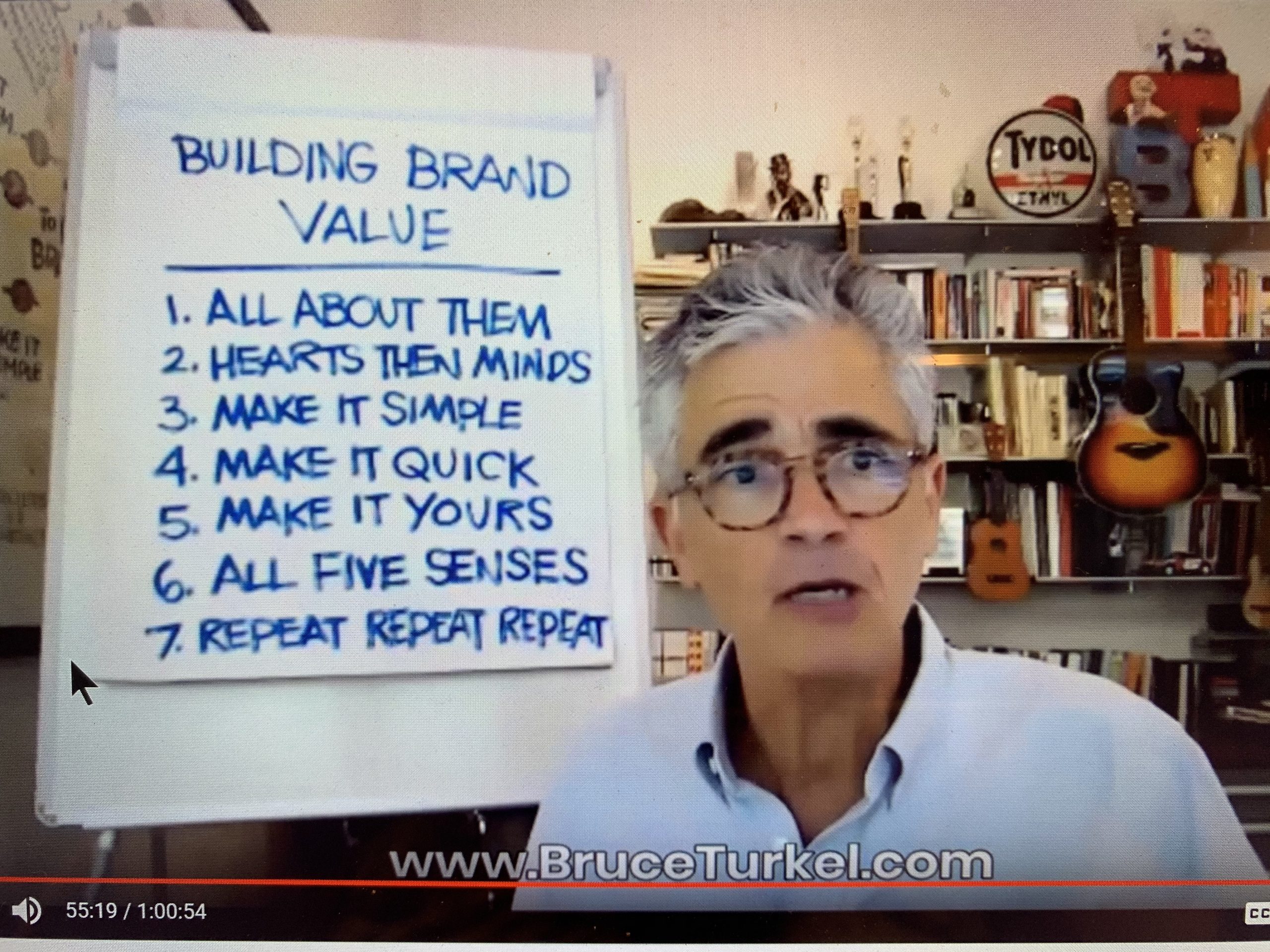Amid unprecedented fear, anxiety and uncertainty, small businesses may think it’s time to pause their marketing.
Not so fast.
Marketing and branding experts say this is the time to strategically continue investing in marketing, yet the messaging needs to shift for the coronavirus recession we are entering.

“Marketing is about meeting your customer where they are,” says Dan Grech, founder of BizHack Academy, a Miami-based digital marketing training academy that trained more than 100 entrepreneurs last year in 12-week cohorts. But with COVID-19, “people now have completely changed their behavior overnight,” he said. “Your marketing must change with it.”
Now is not the time for the hard sell.
You need to communicate with customers in ways that are helpful to them, Grech said during a free Webinar he offered the community. “Businesses not able to do business right now doesn’t mean you should not be communicating with your target customers. Think about what they need.”
“Things will come back, but not the way they were,” said Bruce Turkel, a branding expert, speaker and author who shared more wisdom about marketing in recessionary times in a second BizHack webinar. “Business as usual is now business as unusual. The new normal will become the normal,” Turkel added.
“What we need to do right now is to stop worrying and start planning.”
RECESSIONARY PSYCHOLOGY
Let’s start with a little knowledge of recession psychology.
During the Great Recession in 2009, Harvard Business Review wrote about marketing during a recession (coincidently, one of the authors of the HBR report was UM’s Business Dean John Quelch). “Companies that put customer needs under the microscope, take a scalpel rather than a cleaver to the marketing budget, and nimbly adjust strategies, tactics, and product offerings in response to shifting demand are more likely than others to flourish both during and after a recession,” the article says.
Turkel referred to the research in his remarks. In recessionary times, you need to think of your customers among the four kinds of recessionary buyers: the slam-on-the-breaks consumers who do nothing; the pained but patient group who are suffering but are generally optimistic; the comfortably well off who are selectively purchasing, in a less conspicuous way; and finally the live for today group, the HBR authors found.
The slam-on-the-brakes folks aren’t your customers now. The live for today folks will probably buy your product anyway if they were customers in the past. Turkel says you have to focus on your customers in the two groups in the middle, reconfiguring your marketing for them.
Small businesses should understand and assess their products and services, whether they are “Essentials” (it’s not just the obvious things like food; it’s what is essential to your customers); “Treats” (justifiable indulgences); “Postponables”; or “Expendables.” You don’t need to stop offering Postponables or Expendables if they are in your product line, but they are not worth your marketing attention now.
Then assess your opportunities by performing a brand triage. Knowing that distribution vehicles will change, can your product/service be stabilized or perhaps flourish? How can you create a message that offers essentials and justifiable treats to the people with the money and need to buy from you? At the same time, you need to be planning for the long term while.
That’s a tall order when small businesses are barely holding on. However, Turkel said, “This may be the best opportunity for you to show what your brand is about.”

MORE TIPS FROM TURKEL
- A good brand makes people feel good. But a great brand makes people feel good about themselves., Turkel says. If you can do that through the products and services you offer, you are going to get people to pay attention.
- As you start marketing to your community, pay attention and track what they are telling you how they are reassessing priorities and defining value. Pay special attention to the folks who are not buying yet.
- Be respectful and be consistent in your messaging. People know you for something, now’s not the time to change that. Now is the time to double down on who you are and why you matter – but from your customer’s point of view.
- Stop talking about ‘”until things get back to normal.” … Successful people understand how to pivot.
- Use this time now to figure how else to reach your customers and figure out new strategies for the short term — and the long term.
An example he used: A resort, closed by COVID-19 of course, sent their previous visitors with children videos with things to do with small children and classes for teens. Their fitness trainers offered online exercise programs and their chefs sent custom recipes to the resort’s customers who sent in the ingredients in their pantries and refrigerators. “These things won’t fill hotel rooms now, but who isn’t going to feel really good about a company like that?” Turkel said.
ITS ALL ABOUT DIGITAL
Grech suggested you can also use your time now to build up your digital presence. “Get your online system running, get an app going, redesign your website, get started with social media. Many small businesses have been slow to do this but now is time.”
Email and SEO are the most profitable digital marketing methods and that hasn’t changed with COVID-19. But email open rates have spiked 5% higher, and text messaging and even direct mail are also likely good ways to reach customers now that they are sheltering at home, said Grech, who is moving BIzHack offerings online for the time being.
Rafael Savino of Ascendance Studios quickly turned his dance studio for all ages into an online format, and directs his customers by text to the Zoom classroom. When Anna Robbins of 222 Taco needed to pivot to takeout and curbside pickup, she invested in corona-resistent packaging because her customers valued safety. And to-go margaritas to accompany interesting combos add a little fun to some bleak times, further building her brand. Now she is prepping her Instagram marketing to get even more people to the curb.
As these Miami-area small businesses show, with these challenges comes opportunity.
“‘Now is a moment when we are all in danger and we all have unprecedented opportunity,” Grech said. “It’s really a matter of frame of mind. If you are in a siege mentality and you are looking at erosion of your revenue and asking how will I survive, you are feeling the danger part of the crisis. But there is an opportunity part as well, There’s an opportunity to reinvent your business to service your customers, to think creatively to transform your business.
“Focus as much as you can on the opportunity.”
Coming up: BizHack’s free live webinar series continues on April 8 (mindfulness/managing stress) and April 15 (crisis communications).
READ MORE ON GROWBIZ
Advice on navigating a COVID-19 downturn isn’t one-size-fits all, so we offer all sizes
COVID-19: Practical actions small business owners can take now
COVID-19: Resources for small businesses
Please send GrowBiz topic suggestions and feedback to GrowBiz@FIU.EDU.

